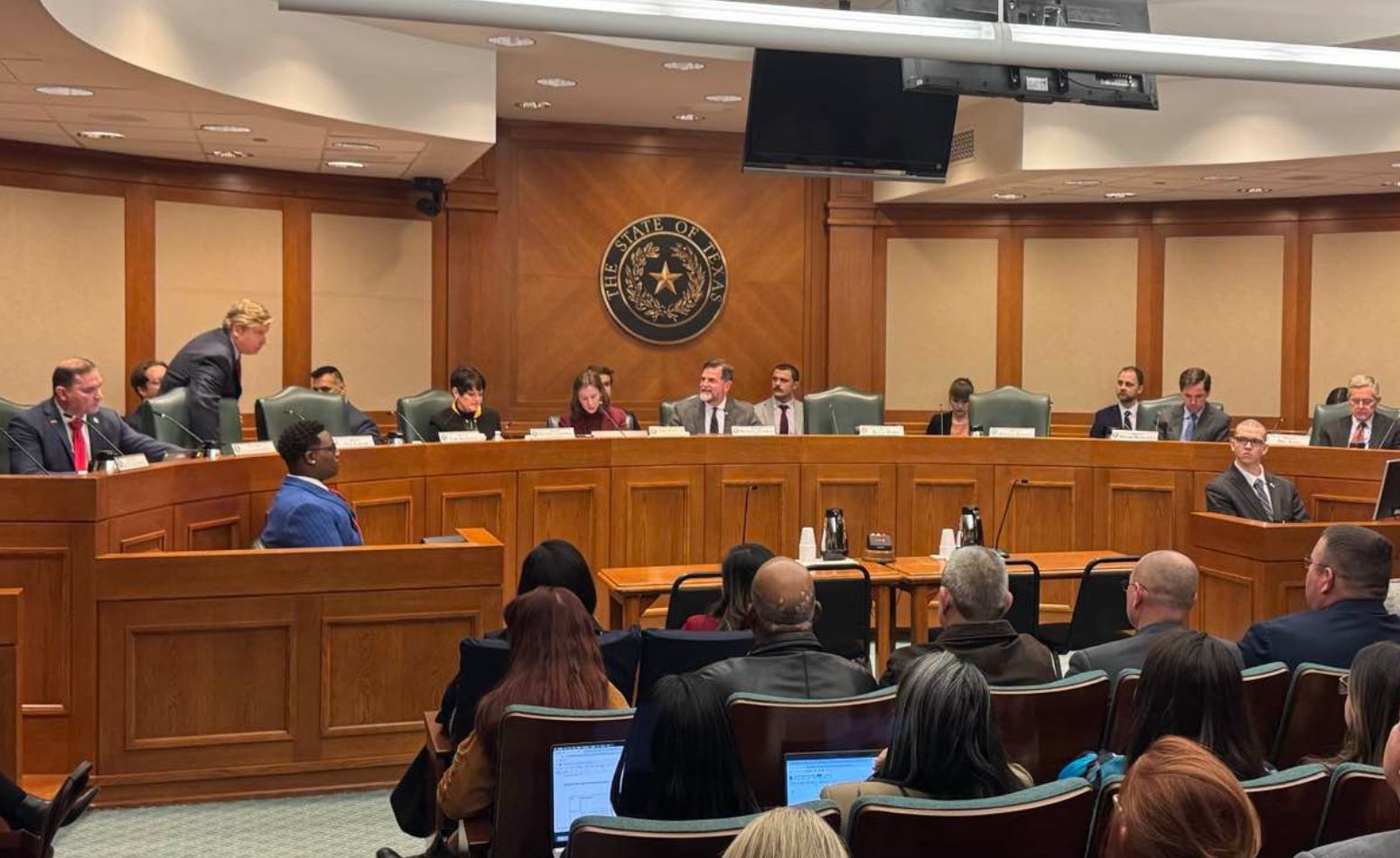Congress sends CTE overhaul to President Trump

Texas Legislature Congress | Federal
Date Posted: 7/27/2018

Congress passed legislation this week to rewrite the primary federal law concerning career and technical education (CTE). The bill now goes to President Trump for his signature.
On Monday, the Senate passed its version of a bill to reauthorize the Perkins Career and Technical Education Act by a voice vote. The upper chamber amended a reauthorization bill already passed by the U.S. House, H.R. 2353, with substitute text containing the Senate’s preferred language to reauthorize the law. The U.S. Senate education committee chairman, Sen. Lamar Alexander (R-TN), said the bill limits the role of the Department of Education (ED), giving states more freedom to make decisions about how to utilize federal CTE funding.
The House quickly responded on Wednesday by agreeing to the Senate’s changes and sending the bill to President Trump’s desk for his signature. The Trump Administration has been increasingly supportive of the legislation. White House advisor Ivanka Trump has actively supported passage of the legislation and President Trump released a statement on Wednesday saying that “by enacting it into law, we will continue to prepare students for today’s constantly shifting job market, and we will help employers find the workers they need to compete.”
Still, groups like the Association for Career and Technical Education and Advance CTE and the American Association of School Administrators have expressed opposition for varying reasons. The CTE group expressed concern once the Senate bill was passed that it leaves the potential for unambitious state performance targets and low academic standards for CTE students. The administrators have previously called the legislation too prescriptive.
As we have previously outlined, current funding levels will be continued, and the bill gives states more authority in crafting their goals, as long as they are aligned with requirements under the bill. States will be required to meet those goals within two years or face a potential loss of funding. The bill does provide for some additional funding that will be disseminated to states based on population. President Trump is expected to sign the bill soon.
CONVERSATION
RECOMMENDED FOR YOU

02/21/2025
Teach the Vote’s Week in Review: Feb. 21, 2025
Senate rushes its teacher pay bill to the floor as the House files its major education bills. Plus, earn the new ATPE-MAP local advocacy microcredential.

02/21/2025
Public education funding discussed by House Appropriations Committee
The TEA portion of the hearing revealed funding shortfalls, teacher shortages, special education gaps, and questions regarding vouchers.

02/20/2025
Senate education committee advances teacher pay raise bill
SB 26 would offer substantial pay increases to some, but not all, teachers based on years of experience and expansion of TIA.

